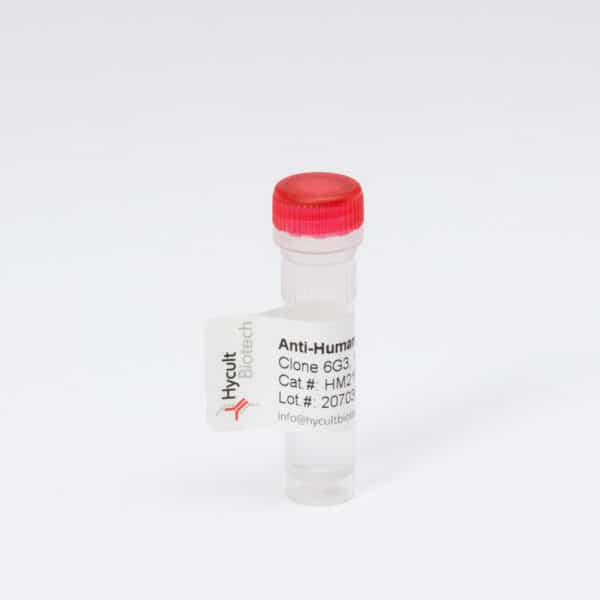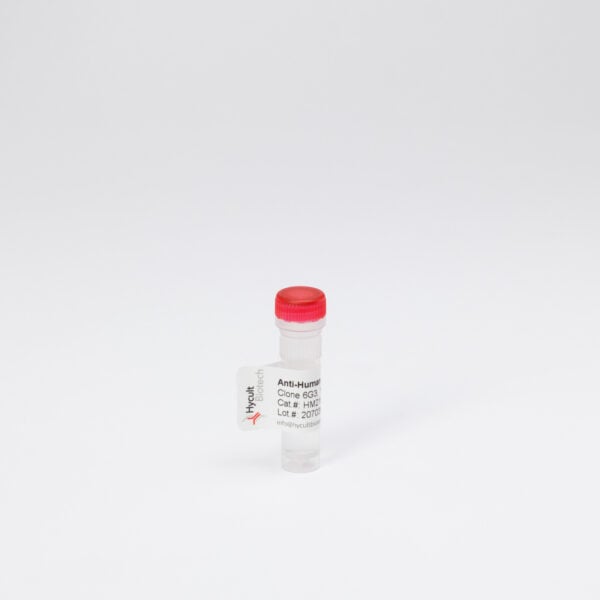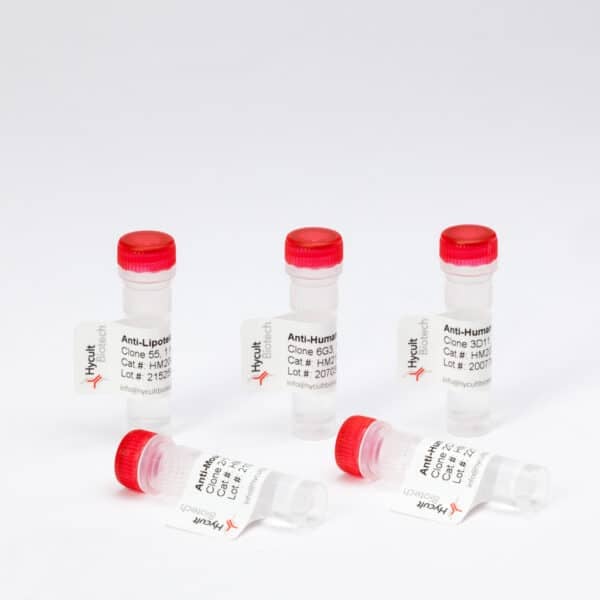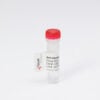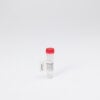MARCO, Human, mAb PLK-1
€133.00 – €8,873.00
The monoclonal antibody PLK-1 recognizes the macrophage receptor with collagenous structure (MARCO). The scavenger receptors (SRs) expressed by macrophages are thought to play an important role in the immune response against bacteria by mediating ligand binding and phagocytosis. SRs can be divided into three different classes based upon their structural properties, which are termed SR-A, SR-B and SR-C. SRs-A are homotrimeric glycoproteins composed of 77 kDa monomers subdivided into 3 types.. The molecular structure of MARCO resembles that of SR-A type I, containing a triple-helical collagenous domain and a scavenger receptor cysteine-rich (SRCR) domain at the C terminus. MARCO is only expressed in some subpopulations of macrophages, although its expression can be strongly upregulated during infection or LPS treatment. Furthermore, MARCO is, like sinusoidal endothelial cell markers DC-SIGNR, LYVE-1 and stabilin-2, expressed by sinusoidal endothelial cells in lymph node. MARCO expressed by alveolar macrophages seems to play an important role in response to inhaled particles and airborne pathogens. The monoclonal antibody PLK-1 binds specifically to MARCO, and has been shown to partially block ligand binding.
FC: Antibody PLK-1 weakly stains alveolar macrophages by recognizing the extracellular domain of MARCO. Transfected COS cells were used as positive control (Ref. 1).
FS: Antibody PLK-1 blocks human alveolar macrophages binding to unopsonized particles (Ref.1,3,5).
IF: Aveolar macrophages and transfected CHO cells were stained for MARCO using 0.6 µg/ml PLK-1 antibody (Ref. 2, 5)
IP: Antibody PLK-1 immunoprecipitates MARCO as 60 and 50 kDa protein from lysates obtained from COS cells transfected with human MARCO (Ref. 3).
W: Antibody PLK-1 stained MARCO under non-reducing conditions (Ref. 6).
